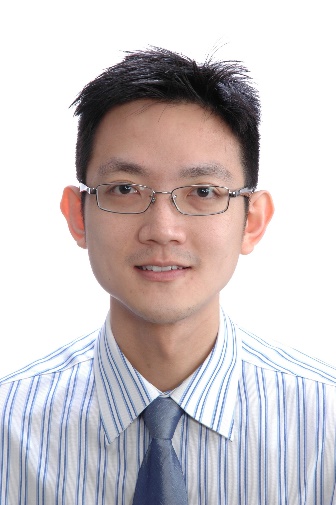Topic:Seminar I: Localizing gradient enhancement for plasticity and damage modelling
Seminar II: Localizing gradient enhancement for complex fracture processes and its simple implementation in ABAQUS
Speaker:Prof. Leong Hien POH, Department of Civil and Environmental Engineering, National University of Singapore
Time:2022/09/13 & 14, 14:00-15:00 (GMT+08:00)
Room:#TencentMeeting 108-796-218
Host:Prof. LI Pei, School of Mechanical Engineering, Xi’an Jiaotong University

About the speaker:Dr Leong Hien POH is an Associate Professor in the Department of Civil and Environmental Engineering at the National University of Singapore. He obtained his B.Eng. and M.Eng. degrees from NUS in 2003 and 2005 respectively, and received his Ph.D. in 2011 under a joint degree program between NUS and Eindhoven University of Technology. Dr Poh is interested in developing material models that bridge across the micro and macro scales – where fine-scale fluctuations are incorporated efficiently at the coarse-scale for engineering applications. His research topics include mechanics of materials, damage mechanics, higher-order continua, multi-scale methods and homogenization techniques.
Seminar I: Localizing gradient enhancement for plasticity and damage modelling (2022/09/13 14:00-15:00 (GMT+08:00))
Seminar Abstract:Nonlocal integral and/or gradient enhancements are widely used to resolve the mesh dependency issue with standard continuum plasticity and/or damage models. However, it has been reported that whereas the structural response is mesh independent, a spurious damage growth is observed. Consequently, a wrong damage profile is predicted. The underlying cause is ascribed to the constant length scale parameter adopted in a conventional nonlocal damage model. In this presentation, we first refer to a micromechanical homogenization model, where intergranular fracture at the meso-scale is translated onto the macro-scale, to give a microforce balance equation where the gradient term decreases with damage. Motivated by this observation, a generalized localized gradient enhanced model is developed, following the micromorphic thermodynamics framework, where the interaction domain is set to decease with damage. The resulting microforce balance closely resembles the conventional gradient enhancement, but without the spurious numerical effects encountered in the latter. The localizing gradient enhancement can be used to regularize any strain-softening continuum model, to capture the evolution of sharp macroscopic cracks.
Seminar II: Localizing gradient enhancement for complex fracture processes and its simple implementation in ABAQUS (2022/09/14 14:00-15:00 (GMT+08:00))
Seminar Abstract:In this presentation, the versatility of the localizing gradient enhancement will be demonstrated by considering several cases with complex failure responses, e.g. the mixed mode fracture of quasi-brittle materials with crack branching, and the rate dependent fracture responses under dynamic loading. On the numerical implementation of the localizing gradient enhancement in Abaqus, a user element subroutine is typically required to define the finite elements with additional degrees of freedom for the nonlocal field. Moreover, with user elements, additional effort is required to visualize the numerical results. To an inexperienced engineer / researcher, these requirements can be challenging. In this presentation, a simple implementation of the localizing gradient damage model is elaborated. By utilizing the in-built coupled thermo-mechanical elements in Abaqus, the user only needs to define the material constitutive laws, as well as the sensitivity terms with respect to the field variables. Post-processing of results can be done directly in Abaqus. The applicability and ease of implementation are demonstrated via several examples, including those that utilize the Abaqus features of element deletion, contact between surfaces, as well as the incorporation of cohesive elements.
Tencent Meeting Link:https://meeting.tencent.com/dm/qDYbKeBja7Bf

Scan the QR code to attend the seminar